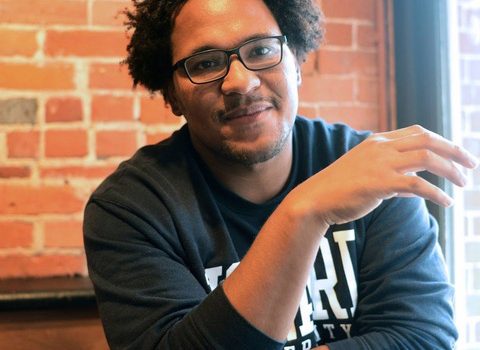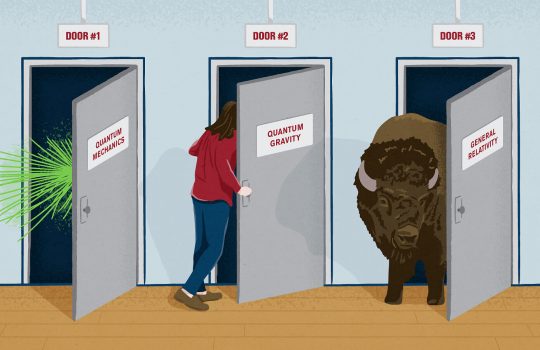Possibility of dark bosons entices physicists
From Scientific American, Sept. 30, 2020: Hints of anomalous activity in heavy isotopes could be clues to new physics. Fermilab scientist Elina Fuchs is quoted in this piece on two new results on dark forces between electrons and neutrons.




